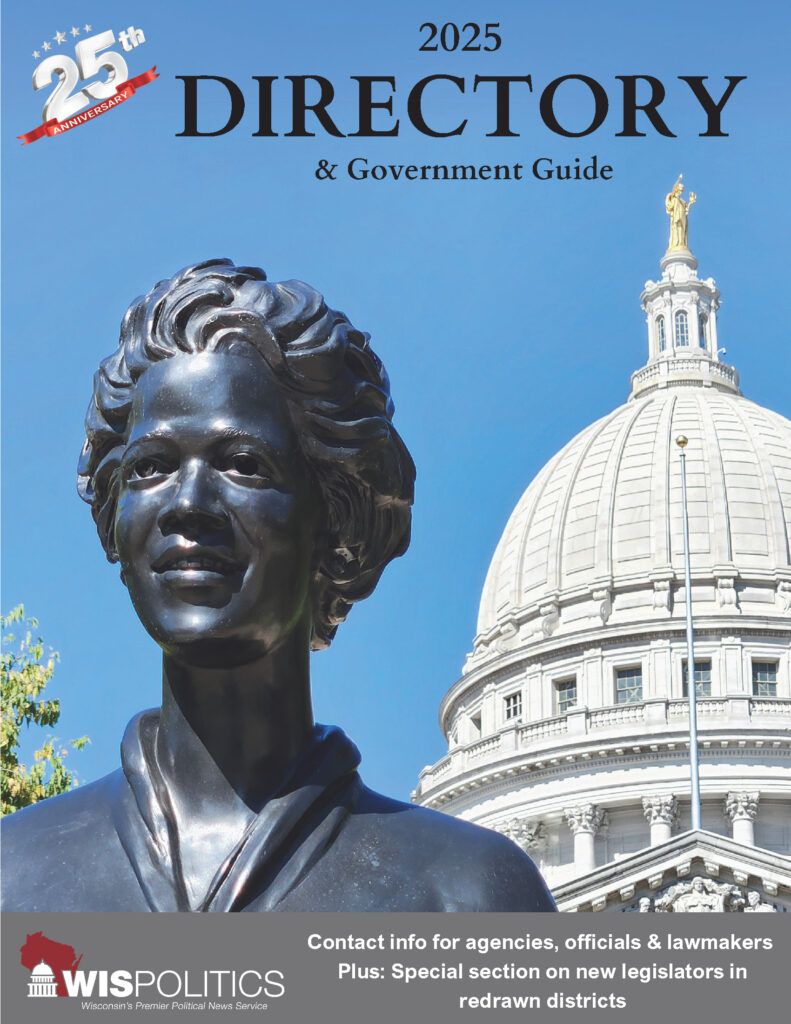This spring and summer grassroots disability advocates across the state worked for months to elevate the importance of raising the low special education reimbursement rate so students with disabilities can be successful and local public school districts have the resources they need. BPDD supports these parent advocates who understand the challenges their children and schools face to deliver the education they have a right to under federal law.
The state budget did not implement the Governor’s original proposal to raise the special education reimbursement rate from 32% to 60% sum sufficient funding. Instead, the legislature set aside a fixed amount of funding and promised that school districts would get 42% of special education costs reimbursed in the first year of the budget, and 45% the second year. Disability advocates saw it as a positive step towards a much needed increase in support for students with disabilities.
The fixed amount set aside by the legislature, however, was based on estimates that used old data and it’s not enough to keep the promise the legislature made to students, parents, and schools. When dividing the funding across schools using current costs, the promised reimbursement drops from 42 cents on the dollar down to 35 cents on the dollar.
“It’s time to build a budget that is rooted in real costs and can provide budget certainty to schools and parents that the promises made by the legislature will translate into real dollars schools can use,” said Beth Swedeen, Wisconsin Board for People with Developmental Disabilities Executive Director. “We should not be in this position cycle after cycle where students with disabilities and schools are undercut by accounting codes.”



